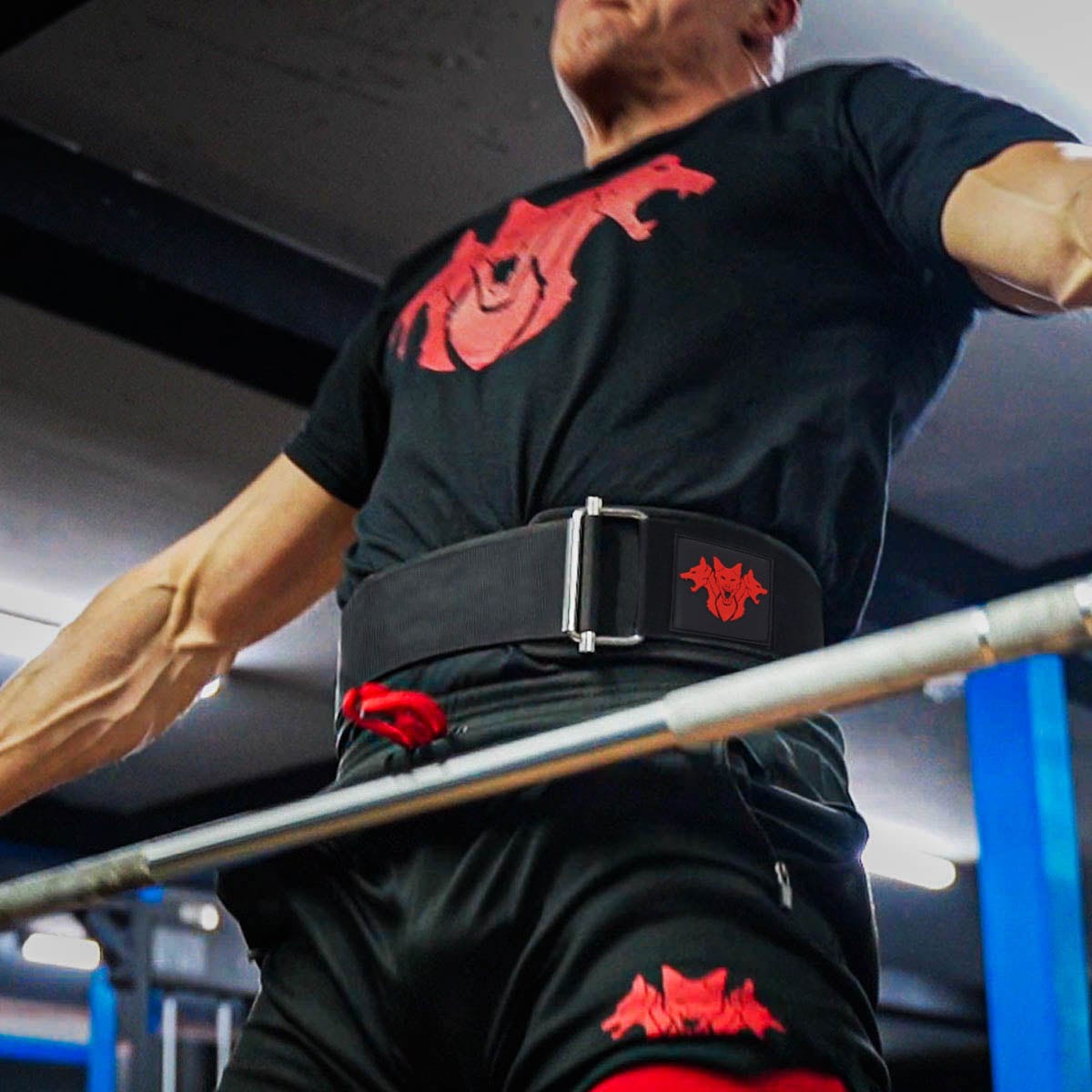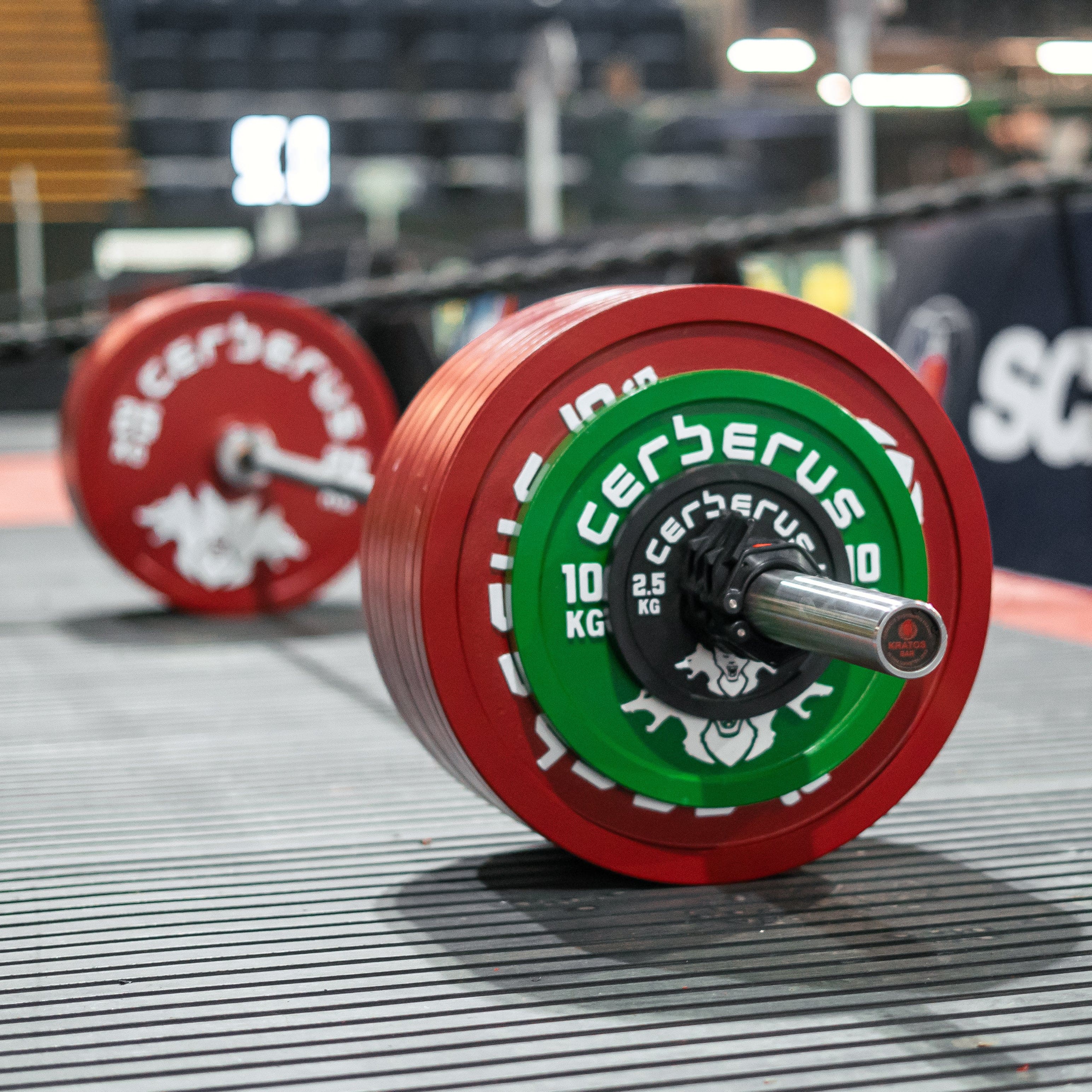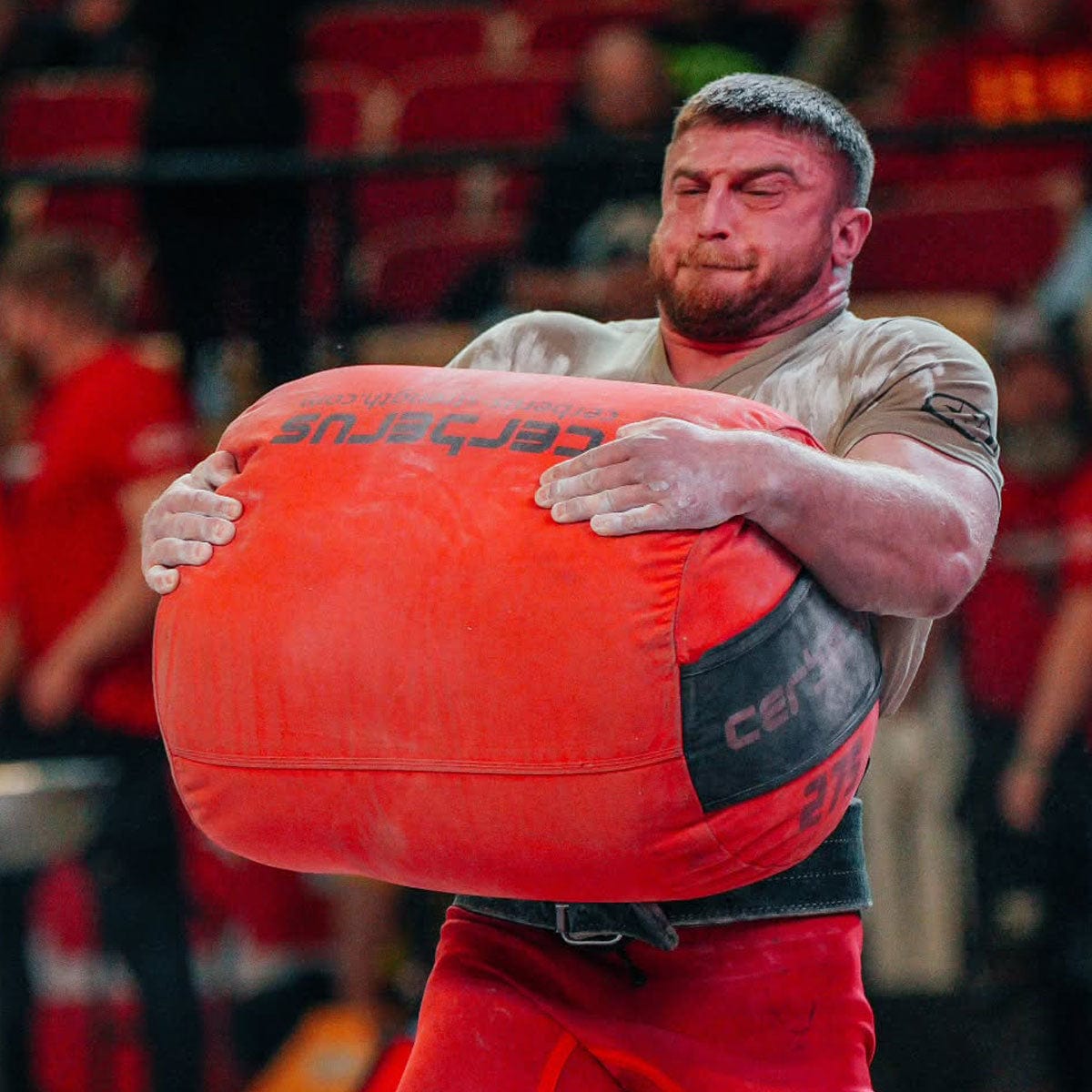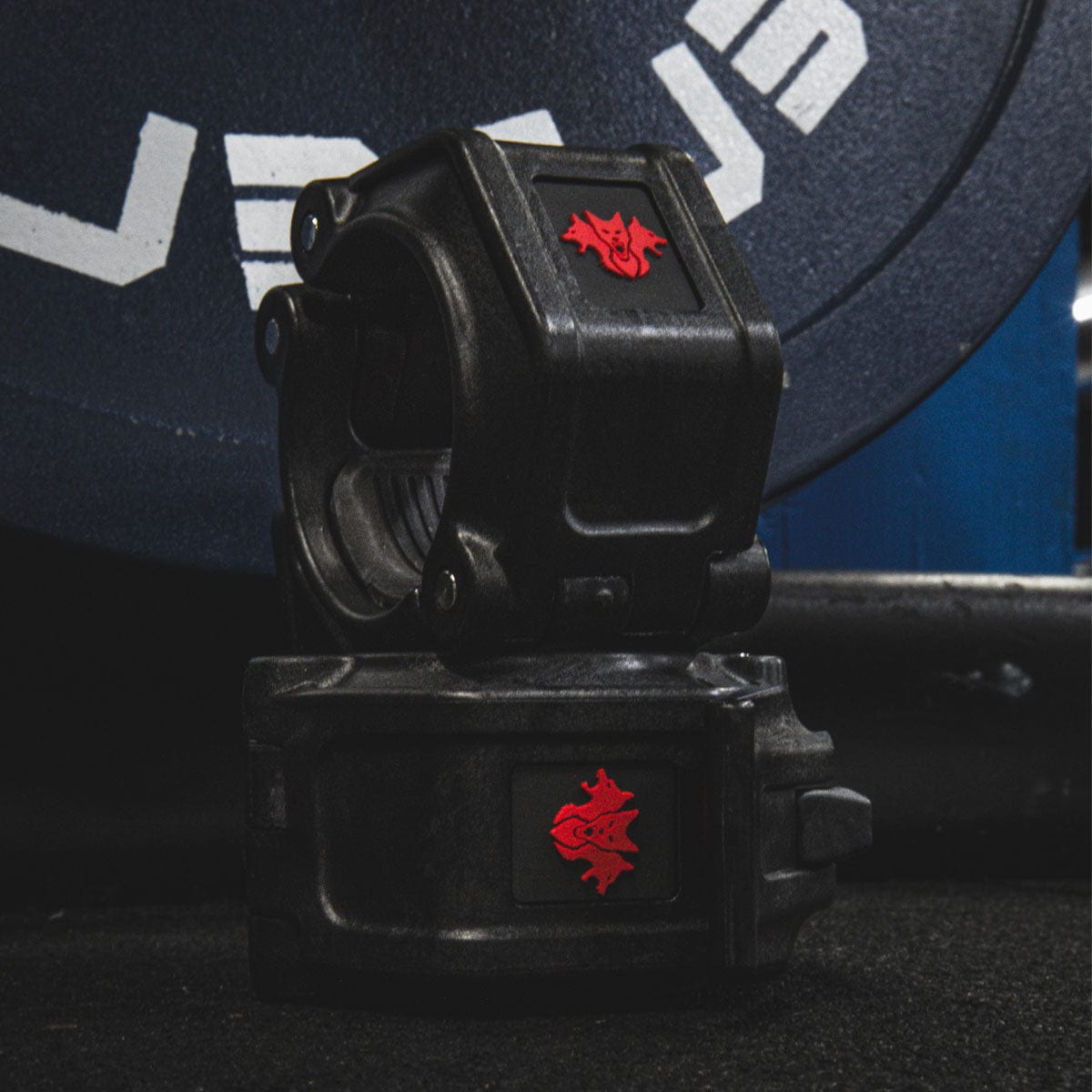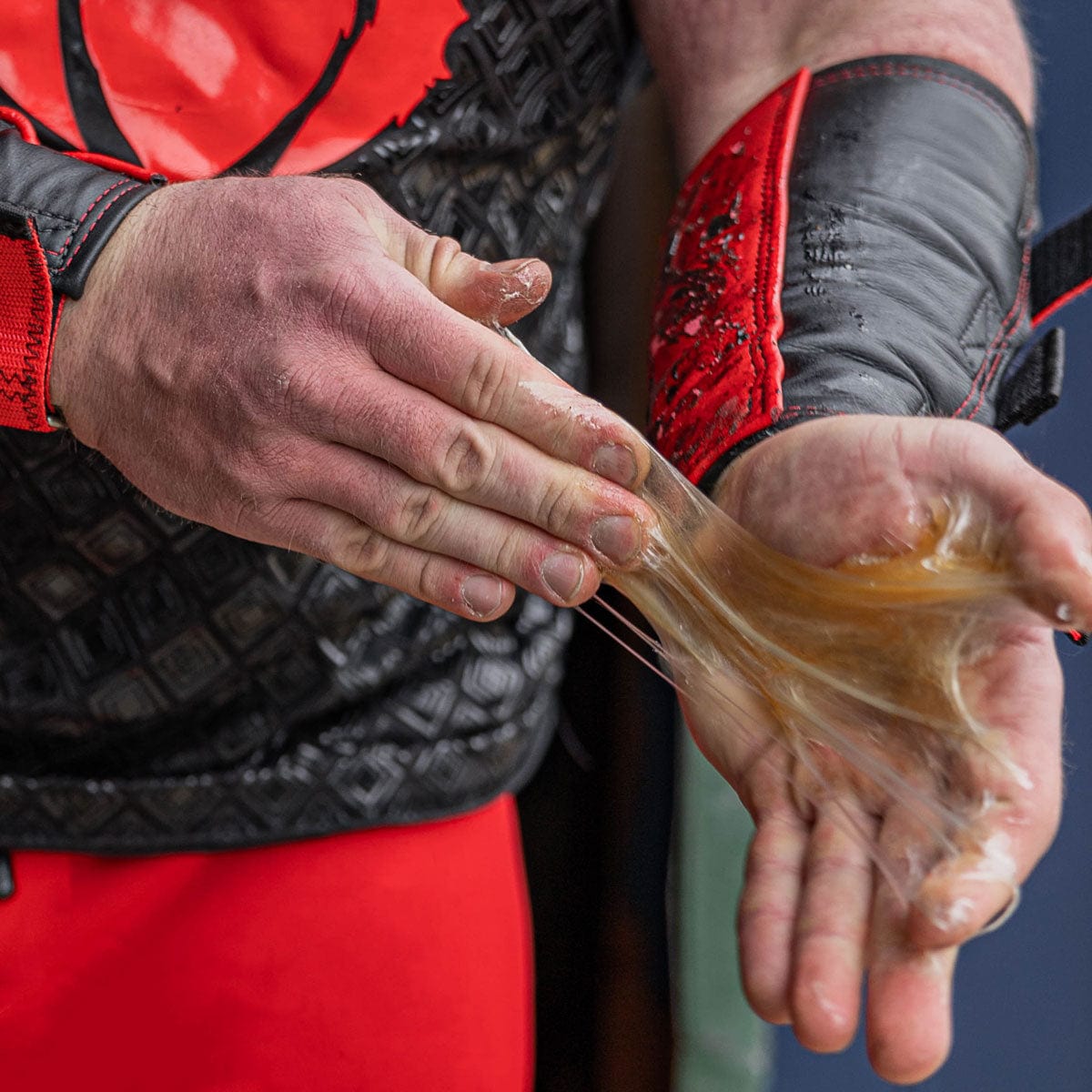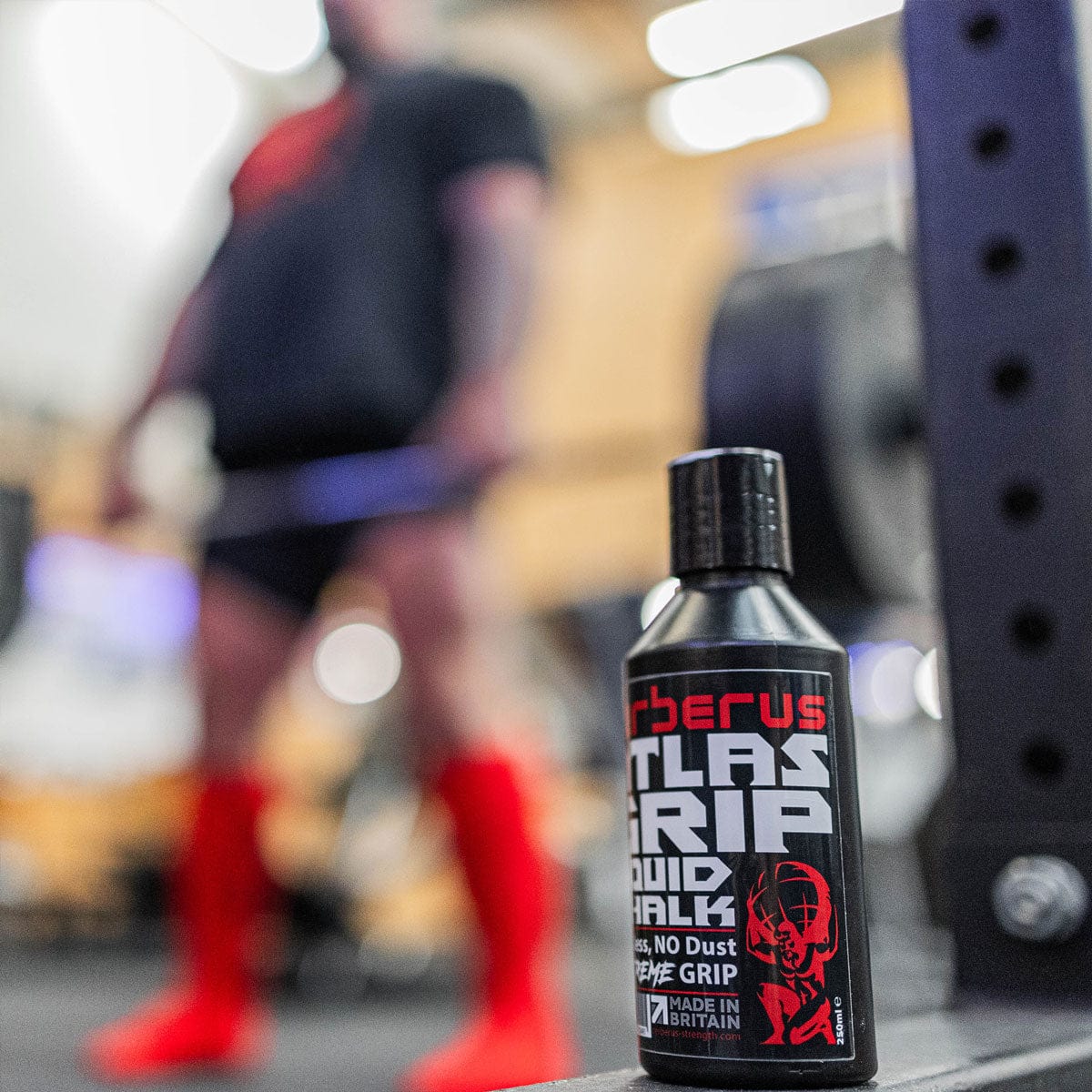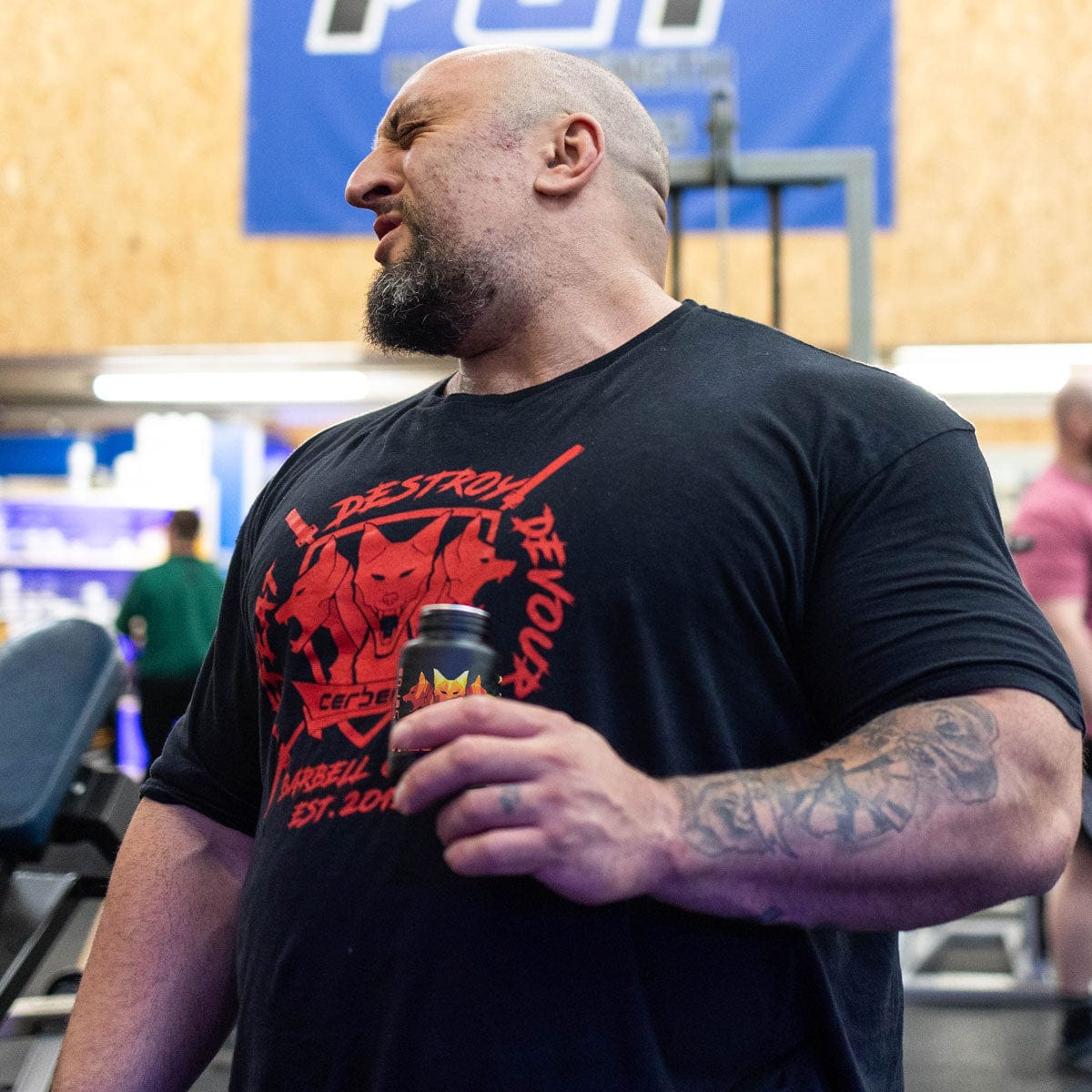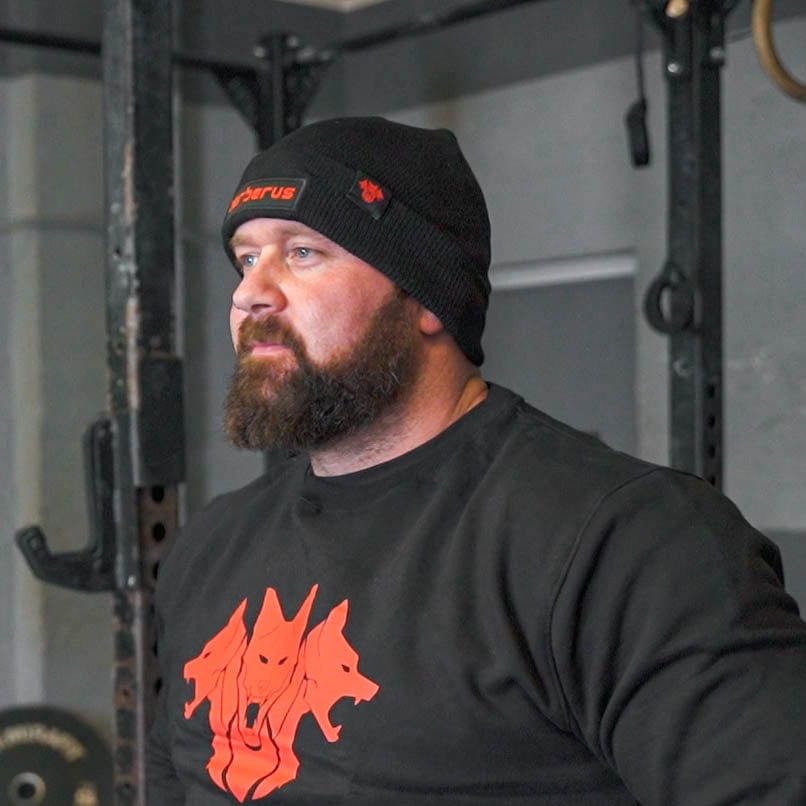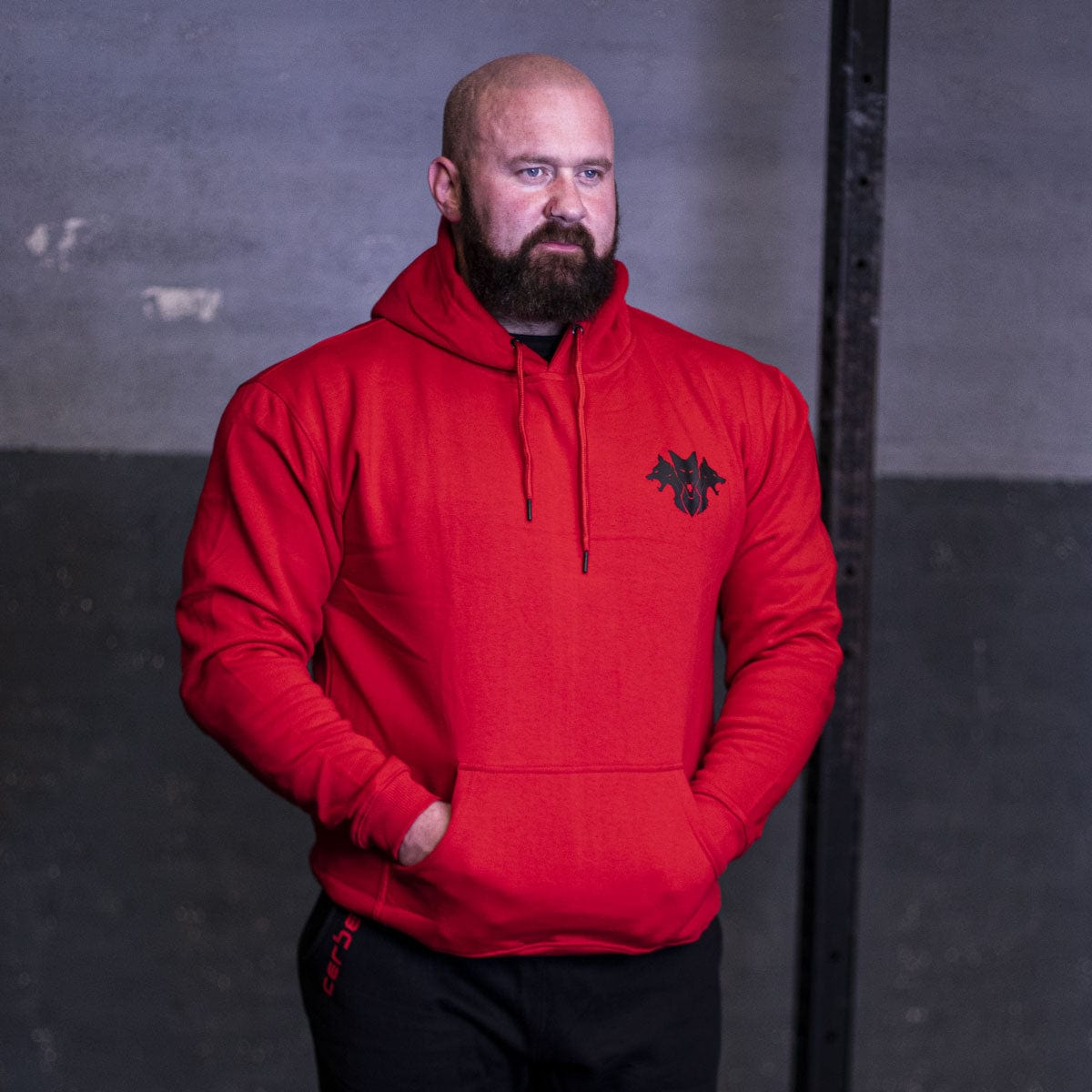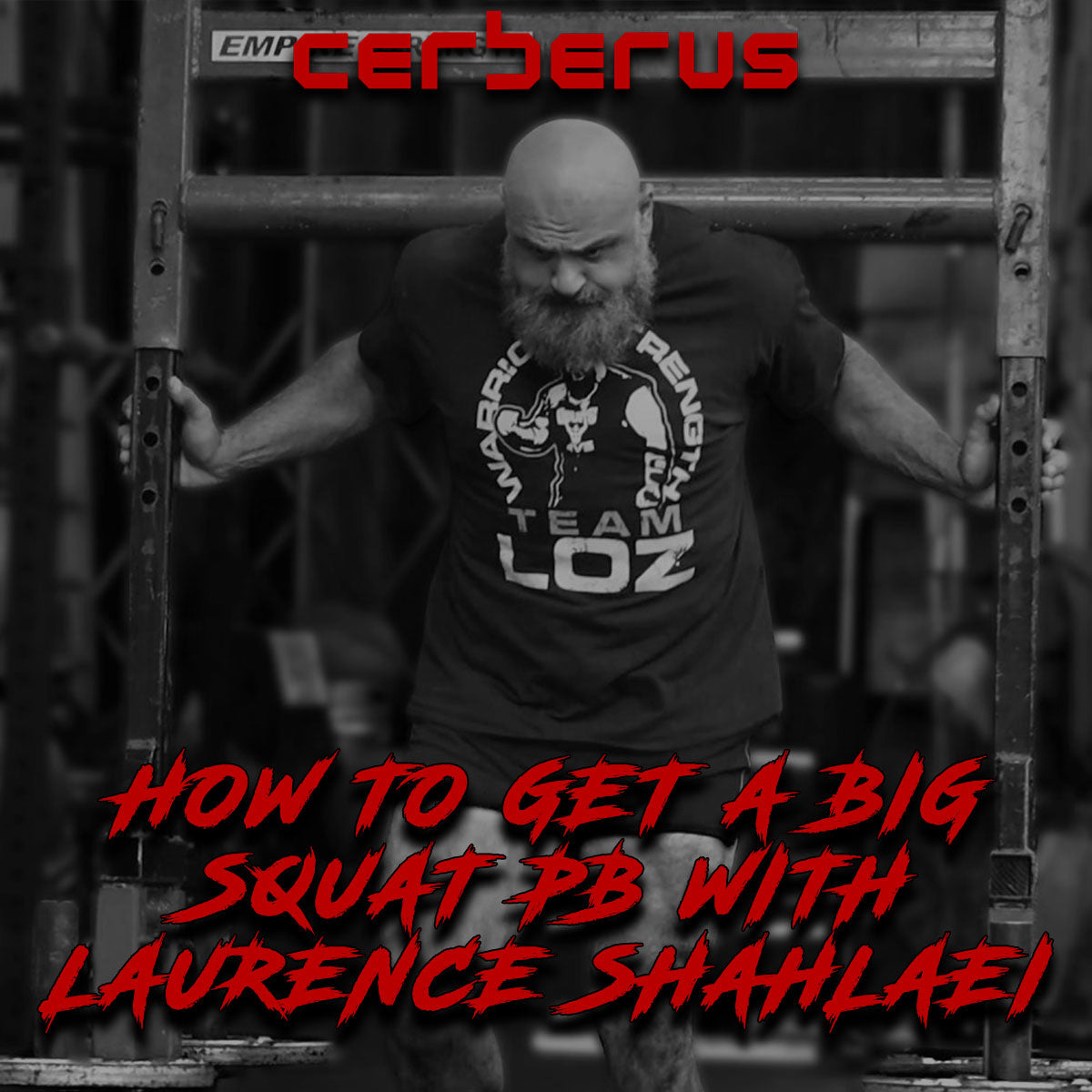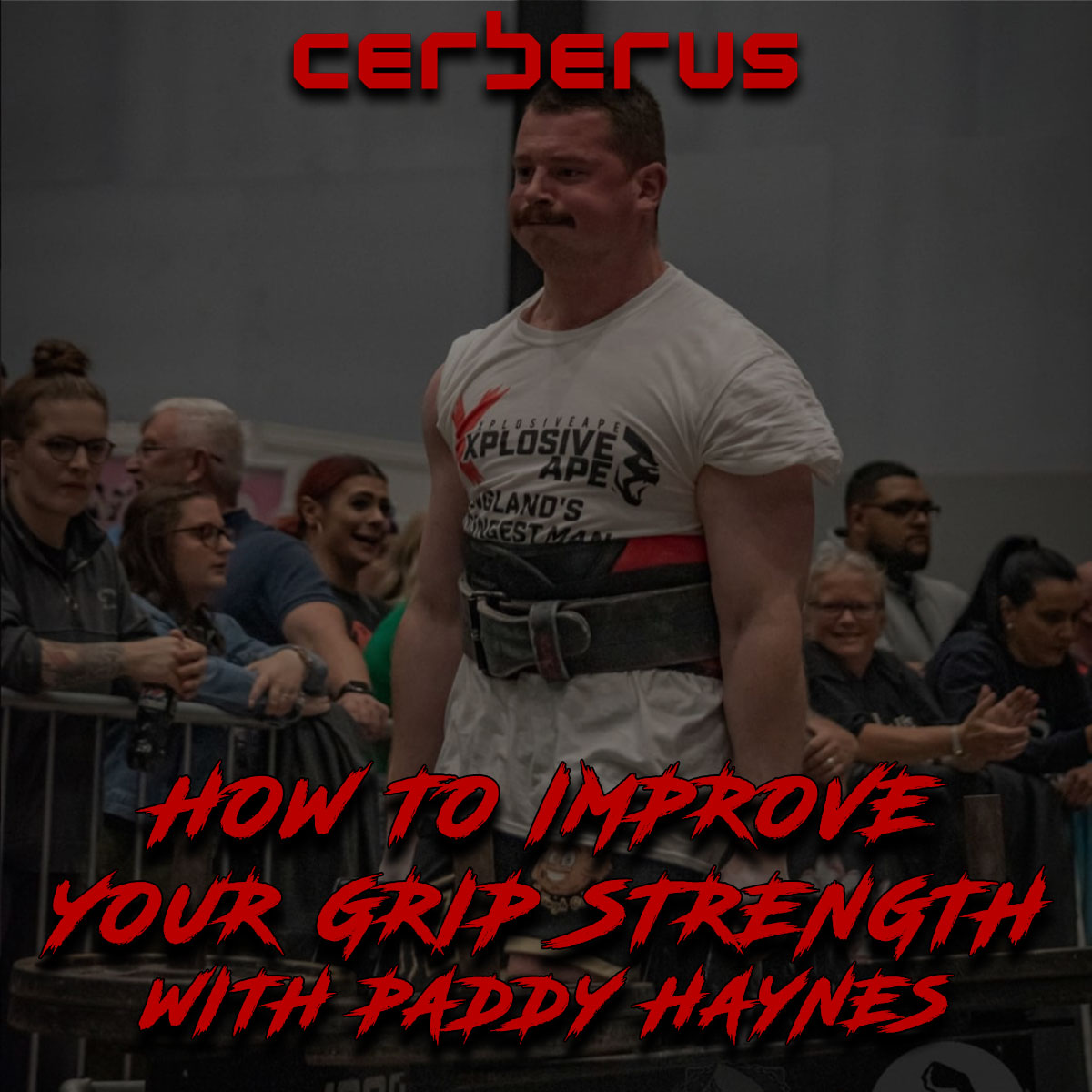Squats are a fundamental exercise for any Strongman or Powerlifter, but they’re also a great exercise for anyone wanting to improve their overall strength, health and fitness. However, my passion is strength, so below are 6 of my top tips for working towards a BIG squat PB.
1. Have a Plan
You only need to Google ‘Squat Training Plan’ and you’ll be spoiled for choice with the amount of free resources available online. Having a plan is great, but it’s worth nothing if you’re unable to stick to it. I recommend following a training plan for a minimum of 6-8 weeks.
2. Realistic Goals
Most training plans will work on percentages of your current squat PB, so it’s important to be honest with yourself about what your current PB is in order to set yourself up for success. You shouldn’t be failing lifts in the gym while doing your working sets, as training should be building both your strength and confidence week-on-week. It’s better to have small consistent improvements rather than jumping weights too quickly and getting injured. Squatting heavy weights requires confidence and failing lifts will knock your confidence and potentially hinder your future progress.
3. Intensity in Training
Having a plan in place is great, as it takes a lot of the thinking out of the process and allows you to put all of your energy into training. However, the plan won’t lift the weights for you, you still need to put in all the hard work.
4. Warm up
It’s important to warm up before any compound lift without overexerting yourself to the point where you don’t have the energy to complete your working sets. Below is an example of how I would warm up in preparation for squatting if my working sets were with 270kg
5. Good Form
Your technique should be the same with every single lift you complete, from your warm up weights to your PB attempt. Just like a tennis player will spend countless hours practising their serve, training is the time to practise these movement patterns util they become second nature. Here are some tips for Squatting but understand that everyone is built differently, and you may need to make micro changes to find what works best for you as an individual.
6. Assistance Work
Box squats are a great way to build confidence when squatting and can be used as a replacement for the squat until you’ve had time getting used to and practising correct form.
Legs Press and glute bridges are two of my favourite exercises to isolate and really work the muscle groups that you’ll be using to squat.
Tempo squats and paused squats are also a good opportunity for developing form and learning to control muscle tension and bracing.
Personally, I like to keep my squat day and deadlift day as far away from each other in the week as I can, as the movements work a lot of the same muscle groups and this allows the muscles sufficient time to recover.
Remember, it’s a marathon, not a sprint. Getting stronger is hard work but shouldn’t be too complicated. Get your form as solid as you can, fuel your workouts with the right nutrition, ensuring you’re getting a good amount of rest and sleep and try not to stress about hitting your goals.
Above all else, training should always be fun.


